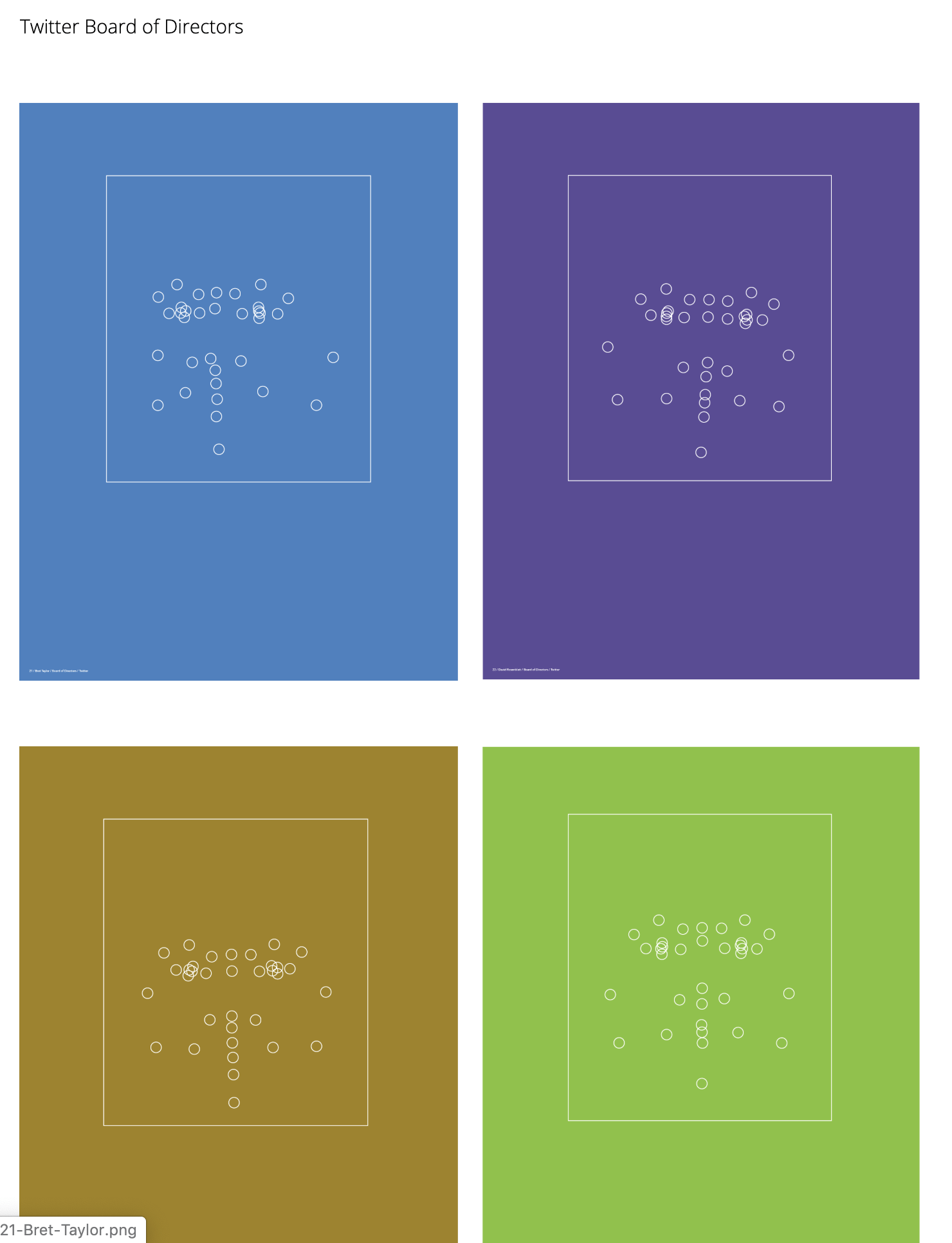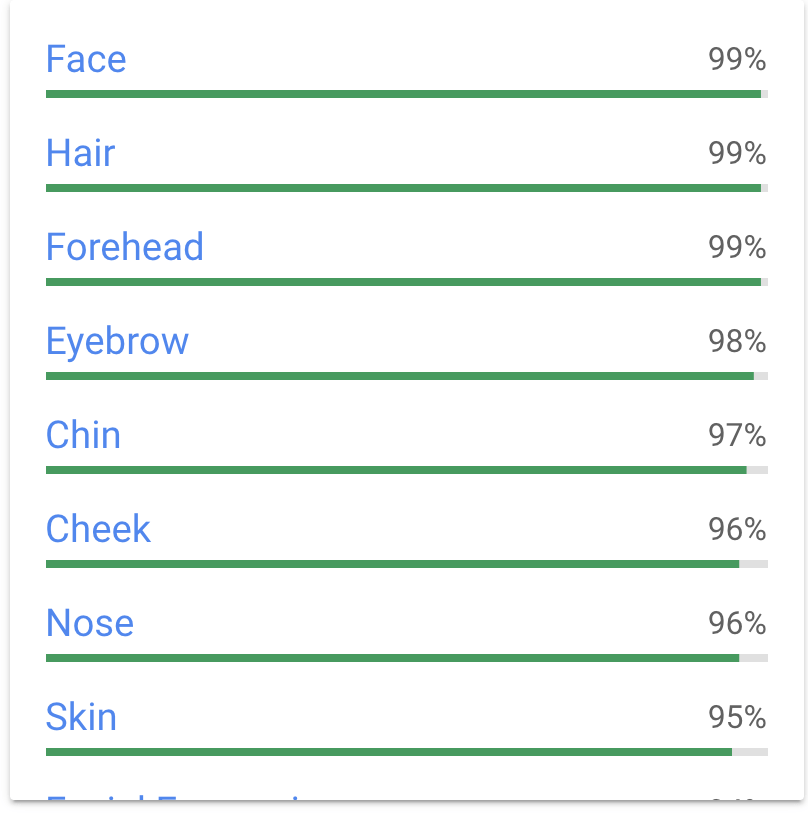The AI Arts case I choose is “Power Portrait” by Michael Day
Portfolio:
https://www.michaelday.org.uk/
Case Link:
https://computervisionart.com/pieces2019/power-portraits/
Something about Michael Day:
Michael Day is an artist, researcher, and lecturer based in Sheffield, UK. His art practice is focused on digital technologies and the potential implications of their increasing entanglement with all aspects of contemporary experience. As I learned in his portfolio, Michael Day focuses on the interplay of digital technologies and life experiences among people. The project “power portrait” use Google Cloud vision API to collect the facial data from many board members of major tech companies. As the author describes the aim of this project, “This challenges the assumption that board members of tech companies are themselves invisible and inscrutable, appearing only through their mediated image and through the products they are responsible for managing.”



The works of this project are really simple. One of the art pieces above represents the face of one board member. The face landmarks are represented as small circles and the outline boundary of the detected face is shown as a rectangle. It looks pretty abstract and contemporary art style(I like it!). I think this project is meaningful and reveal contemporary life. As I learned about all big companies, the workers have no chance to get in touch with board members who make decisions. This project can disrupt the invisible, inscrutable stereotype from workers towards the bosses in an artistic way. An abstract but vivid image of bosses’ appearance is formed in workers’ minds in a new way.
How it works
I cannot find the live demo and GitHub/Source code of this project. However, as I went through the documentation page of this project, I found the key tech of this project–Google Cloud Vision API. I google it and try the demo function provided on the official website.
“Google Cloud’s Vision API offers powerful pre-trained machine learning models through REST and RPC APIs. Assign labels to images and quickly classify them into millions of predefined categories. Detect objects and faces, read printed and handwritten text, and build valuable metadata into your image catalog.”
Vision API allows users to upload an image like portraits and extract data from them. So I put my official portrait into the testing box :).

That is cool! And here is what I got from Vision API. It looks similar to Michael Day’s work.

And I got many properties.



Because Vision API is a pre-trained machine learning model, I think how Michael created this project is: Put profile images of major tech companies’ board members, detecting facial landmarks and profile, getting facial data from Vision API; Then, utilizing those data to generate the abstract profile. The process is a pretty AI way. I think for our class, we can also try to get data from a specific object and train programming with them.
General feeling:
From the perspectives of art, I think this project is a good art piece. There are two reasons: First, the works of this project are in a contemporary art style. There are many of my favorite elements of contemporary art in this project works: lines, geometric figures, colors, the composition of abstract components. The art sense/feelings that the author conveys to me is unique. The way he shows the profile of people is interesting; Secondly, his work reveals the real life. I always believe that art originates from life. A good art piece should come from life and reveal life itself. For “Power Portrait”, the author wants to show the real-life experience in a major tech company to people. He wants to draw attention to the relationship between the highest bosses and the employees. That is a good starting point of art. Through this project, we can have a straightforward feeling about employees’ feelings towards their bosses.
More to do:
If I were the creator of this project, I would say I will try to make innovation with the facial data as I show above. Maybe Michael Day did those kinds of innovation and I don’t know (Because I can’t see the code). Those data like emotion data are really interesting. I am sure there is a huge space for innovating.
Leave a Reply